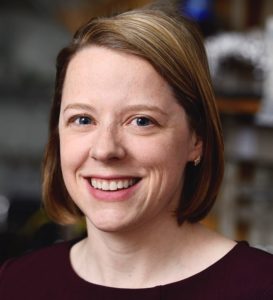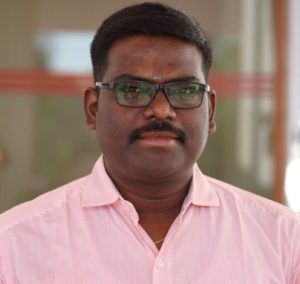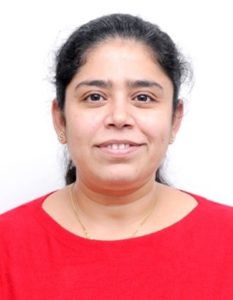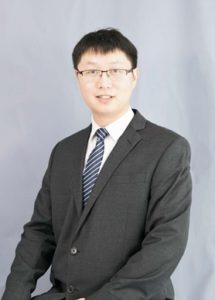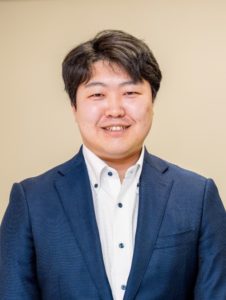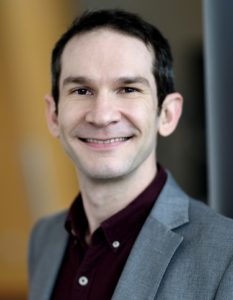Read Mintu’s open access Emerging Investigator article, Water soluble non-conjugated fluorescent polymers: aggregation induced emission, solid-state fluorescence, and sensor array applications, DOI D3PY00357D.
Read our interview with Mintu below:
How do you feel about Polymer Chemistry as a place to publish research on this topic?
Publishing in Polymer Chemistry has been a positive experience for us. The journal has a broad readership, which means that the published work can reach a wide audience of researchers and professionals in the field. Furthermore, Polymer Chemistry covers a wide range of topics within polymer science, so it is suitable for research across different aspects of polymer chemistry, including synthesis, characterization, properties and applications. This versatility makes it a suitable choice for publishing diverse interests within the polymer science and macromolecular chemistry.
What aspect of your work are you most excited about at the moment and what do you find most challenging about your research?
Our group is focussed on the design, synthesis, and applications of novel classes of organic macromolecules. In contrast to the small molecules, macromolecules have some unique properties that make them perfect fit for various applications which are otherwise challenging to meet. The immediate next goal is to get a hand on controlling the properties of the macromolecules which is crucial for making them an efficient candidate for a given application. The novelty of our system is that we can precisely control on how various functional groups are arranged in a macromolecule or polymer to produce its on-demand structure, characteristics, and function. Our team is ambitious to create a platform for the rapid and affordable synthesis of materials with tuneable properties for a wide range of applications, from material to biomedical research which is indeed a challenge.
In your opinion, what are the most important questions to be asked/answered in this field of research?
The most important question to be asked, in our opinion, is how polymers can be engineered for cutting-edge uses in applications like energy storage, packaging, biomaterials, and electronics, and how can the molecular weight, structure, and architecture of polymers be regulated. Also, in order to satisfy various commercial and scientific demands, how can we create polymers with diverse functionalities, and understand its role in tuning properties at the macromolecular level and how that can be modulated to cater diverse applications in material and biomedical fields.
Can you share one piece of career-related advice or wisdom with other early career scientists?
Regardless of the specific field, researchers should embrace a growth mindset and consider challenges as opportunities. Also, building a solid professional network is important and has big impact on your professional development and opportunities.
Find more about Mintu’s research on her lab’s website.












